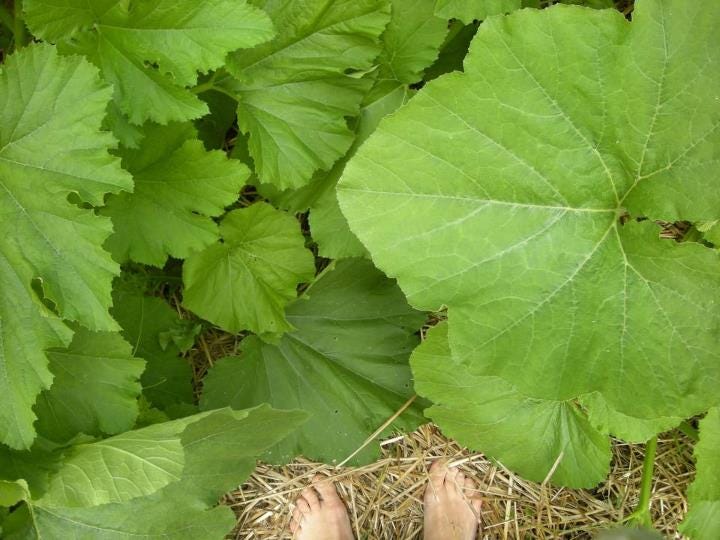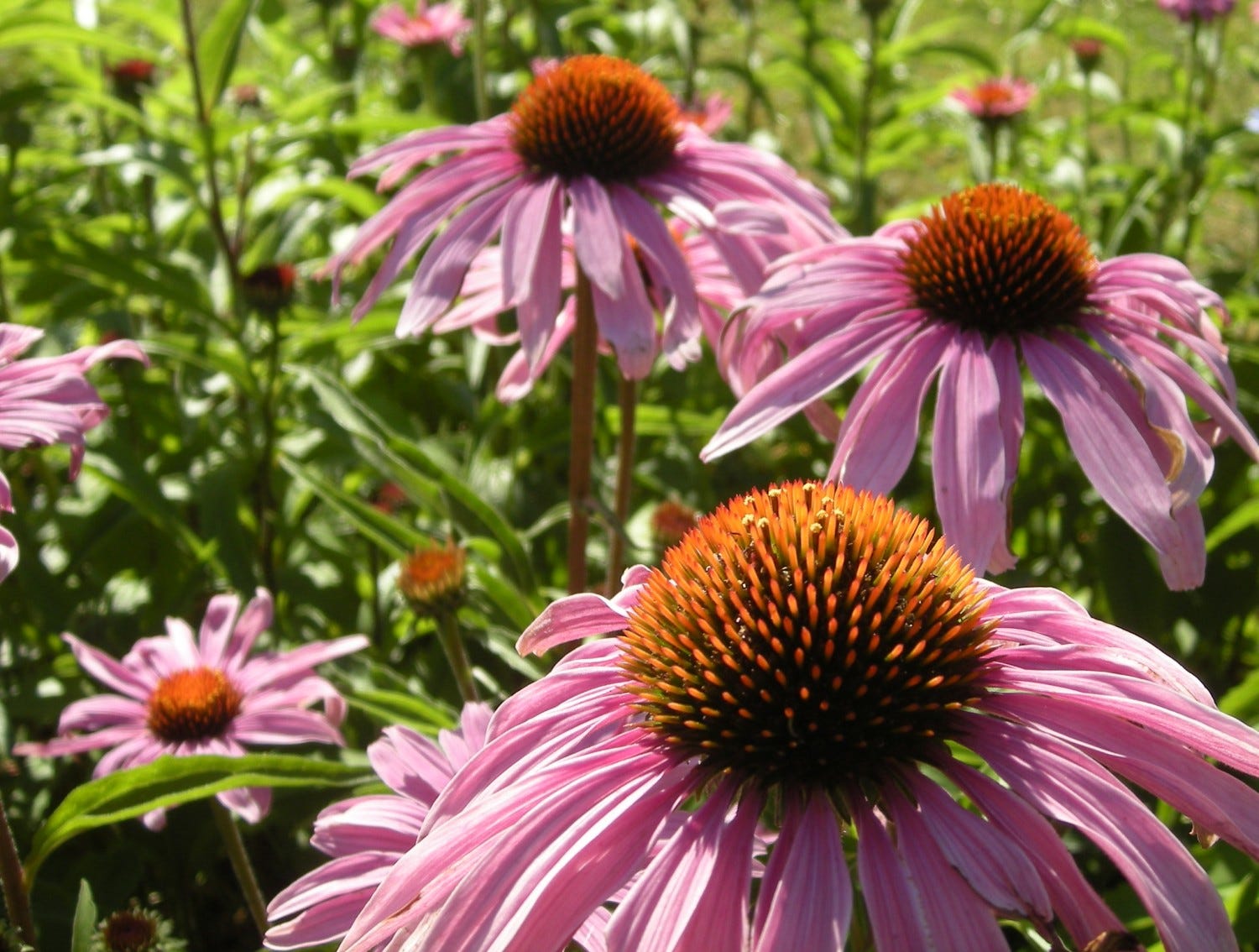With the cost of feeding yourself growing higher every day, have you considered starting a food garden? A food garden can help your meals pop with fresh flavour. It’s a way to feel a small sense of control in your food security, but it’s also a tiny communion with nature, not far from your door. Caring for one or two or 20 plants can bring you joy in more ways than one. The good thing is it’s not a mystery, but it does take planning. Here are some things to consider before heading off to the garden centre.
How much space do you have? A raised bed in a sunny garden is a luxury. But what if you only have a balcony? Or just a sunny window? This will determine what you can grow and what kind of containers will fit in your space. Many plants grows best in areas with full sun (6-8 hours of direct sunlight), so make sure your plants will get what they need throughout the growing season. If you have a small patch of land, consider Square Foot Gardening. If you’re in an apartment with a sunny balcony, there are ways to maximize your space, such as trellising and vertical growing towers. For those with no outside space, look into the growing number of commercial growing options from simple designs to more complex hydroponic systems for fresh herbs and lettuce year-round.
What do you eat? People love to grow the things with the most likelihood of success. If you will not use enough of the crop to justify the time, energy, and space it will take to grow, don’t bother. For example, one of the easiest things to grow is zucchini but after that first year of not being able to give them away, I’ve never grown them again. One year I grew what I thought was far too many tomatoes but once I started to make tomato paste at home, I quickly went through them all. Think about your menu - what ingredients do you already use?
Herbs are the apartment dwellers’ best friends in the tiny garden. They don’t take much space, need only basic care and they’re some of the easiest things to grow with the highest return. Take a look at your spice rack - are there ground herbs that you regularly use when cooking? Try growing some oregano, thyme or chives. Garlic is easy to grow and a frequently used ingredient in most kitchens. Don’t be held back by what’s at the market already - did you know that lemongrass and bokchoy grow very well in southern Ontario? A wide variety of hot peppers from all over the world also enjoy our hot summers. You’d be surprised how easy it is to grow pantry staples such as dried turtle beans on not much land.
Are you sticking around for the whole summer? If you have a vacation planned for a couple of weeks driving across the country or a cottage that you go to every weekend, don’t have a garden unless you can pay someone to come take care of it while you’re away. Conditions in the garden can change quickly and responsive care is essential to success.
What is the budget? Do you have $50 to spend on your garden? $100? If you’re building raised beds, that’s more costly than a few pots on a balcony. Be honest with yourself and keep track of what you’re spending because this hobby is like any other. Although herbs are a cost-effective garden item compared to grocery store prices for fresh herbs, other produce like potatoes, tomatoes or root vegetables are best left to the professionals - your local farmers. An age-old home vegetable gardener’s credo to remember: DON’T GROW CHEAP CROPS.
BUT WAIT! Before you buy a plant, talk to others in your neighbourhood or family in the area and ask who may have herb plants they need to split. Herb clumps can get too dense and inhibit growth. Gardeners split the crown and cut through the roots with a shovel. Most gardeners love sharing these pieces with others to extend the joy of the original plant.Check here to see if there’s a Seedy Saturday held in your town. Check with your local library to see if they have a seed bank where they share seeds with the expectation that you’ll bring some seeds harvested from your garden back to the seed bank at the end of the growing season to share with others. In one visit to a beautiful seed sanctuary many years ago, I was fortunate to find heritage seeds and beans from 1800s Ontario for sale, carefully harvested and collected through the centuries by gardening nuns and volunteers.
In my apartment years, I had a tiny patch of land at the front step and a small balcony so I narrowed down the list to culinary and medicinal herbs with plants for the butterflies and hummingbirds tucked in between. This list included Yarrow (good for skin, bug bites, etc.), Raspberry Leaf (good for PMS, guts and irritability), Monarda Didyma AKA Bee Balm (good for “bug juice”), Calendula (great for skin!), and Peppermint (great for tea that relaxes and aids in digestion).
Birds love Coneflowers, Goldenrod, Hollyhocks, Lilac, Lupine, Milkweed, Butterfly Weed, Sunflowers, and JoePye Weed (an unsung hero, IMO)
Hummingbirds love Chicks & Hens in bloom, Bee Balm, Petunias, Phlox, Sweet William, Delphiniums, Fuchsia and Columbine.
Bees love Goldenrod, Sage, Sedum and Sunflowers, to name just a few.
If none of this sounds like you, there are better ways to support food security, such as shopping at the farmer’s market before going to the grocery store or purchasing membership in a local farmer’s community-supported agriculture (CSA) program.
Also, remember to follow your local harvest schedule and purchase from a farmer nearby or at the market to stock up when things are in season. Learning how to preserve nature’s bounty in a timely fashion is essential to fully enjoy the fruits of your labour in the growing season throughout the year. Look for a future article on the trials, tribulations and joys of preservation.
Happy Spring!
Hol






